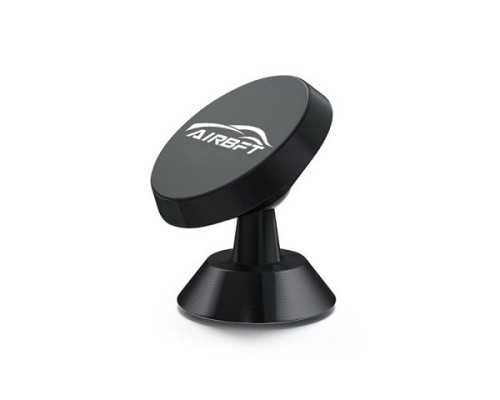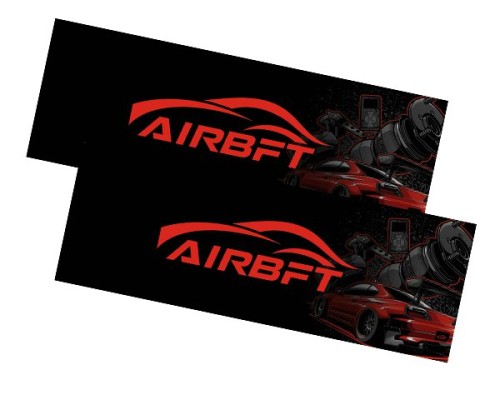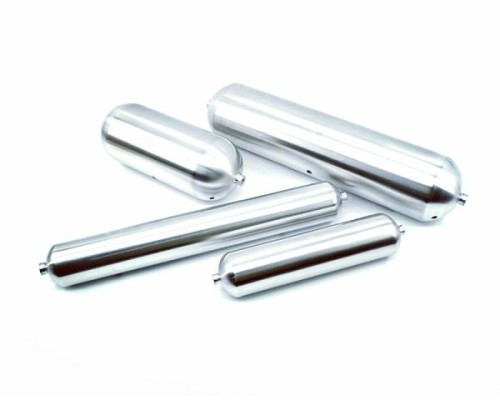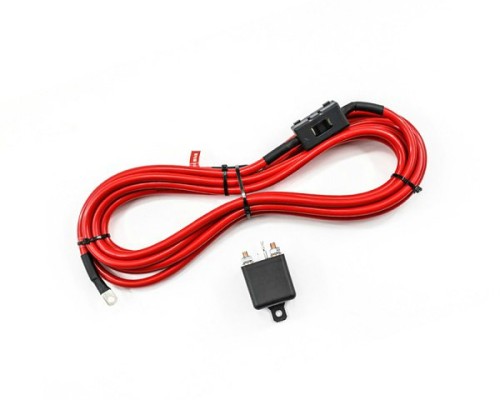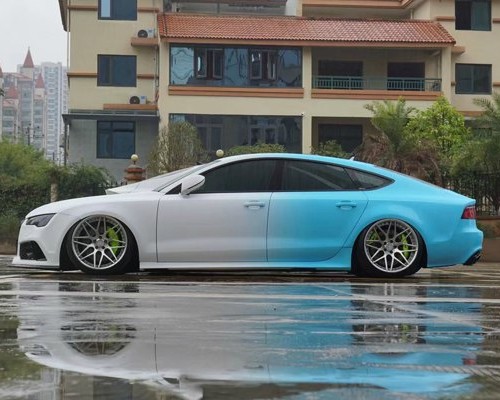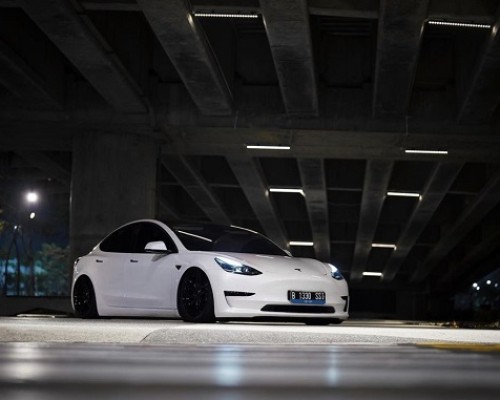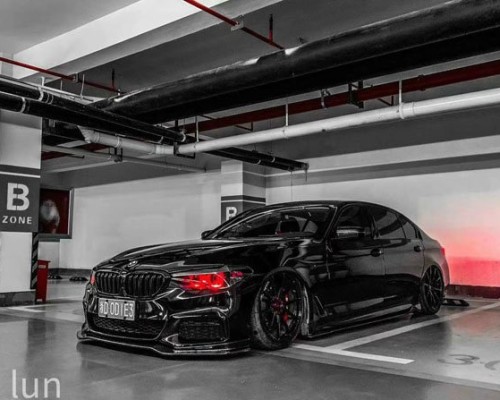The Porsche 911 cambergang sticks to the ground in a ‘sparkling attitude’
The AIRBFTSuspension Modification Culture Center will share with you: The Porsche 911 cambergang sticks to the ground in a ‘sparkling attitude’。The Porsche 911 is the world’s best-selling sports car series, which has been updated for nine generations. Each model has its own characteristics, and the classics have never been surpassed. Today, we will share the low lying case of the Porsche 991 modified AIRBFTSuspension, and appreciate it together!
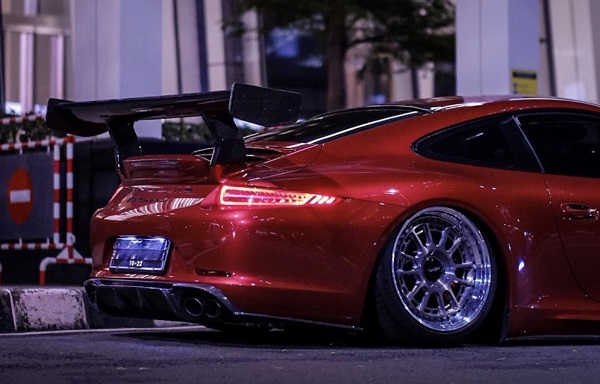
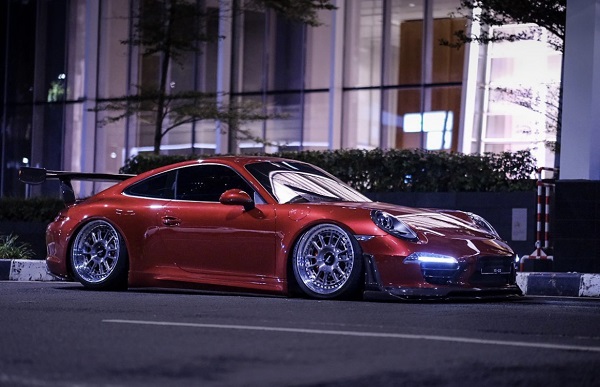
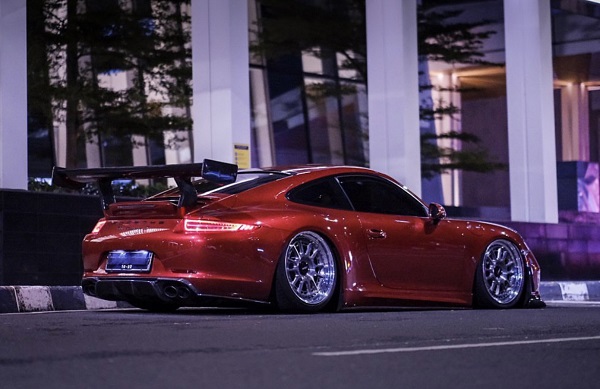
Starting from the code 996 series in 1997. Porsche is equipped with a water-cooled six cylinder engine in batch for the first time. This change is to meet the global exhaust emission standards.
In 1998, the displacement of the Porsche 911 Carrera six cylinder engine increased to 3.4L and the power reached 300 horsepower.
In 2002, the displacement of the six cylinder engine reached 3.6L and the power reached 320 horsepower. Later, the 911 GT3, 911 Turbo and 911 GT2 were added.
On September 17, 2004, Porsche released the 997 series 911. Only Carrera and Carrera S versions began to be produced. The maximum power of the 997 series Carrera and Carrera S reached 239kW and 261kW respectively, and the maximum torque reached 380Nm and 400Nm respectively. The biggest change in power of the 997 series is that the Carrera S model used 3.8L horizontal opposed engine for the first time.
The Porsche 911 series is divided into Carrera, Targa, Turbo, GT3 and GT2. Carrera series includes Carrera, Carrera S, Carrera 4 and Carrera 4S, of which S represents sports and 4 represents four-wheel drive. The Carrera series is the most basic model and the soul of the 911 series. The 911 Carrera and 911 Carrera 4 of the 996 series first appeared in 1995. In 1997, 911 Carrera S and 911 Carrera 4S were added respectively. The 996 series Porsche 911 Carrera series all use 3.6L horizontally opposed engines. The 997 series Carrera and Carrera S were launched in 2004 with 3.6L and 3.8L horizontally opposed engines respectively.
The first Porsche 911 Targa was first displayed at the Frankfurt Motor Show in 1965, while it was introduced to the North American market in 1967. The name comes from Targaflorio Road Race in Italy, where Porsche has won many honors. For the first time, the 911 Targa made people feel in touch with nature when driving (the 911 convertible version only appeared in 1984). The biggest feature of the 911 Targa is a huge electronically controlled panoramic glass roof. Its sliding glass roof covers an area of almost 5 square feet, which is twice the area of the standard 911 hardtop sunroof.





